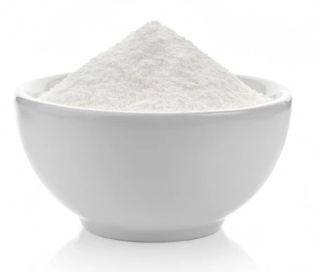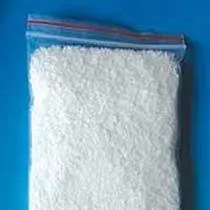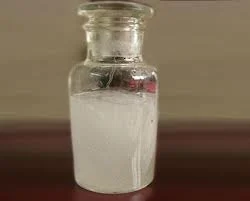Toilet Soap Noodles TFM 70 - 72% (45:45:10)
|
IUPAC Name |
: N/A |
|
Cas Number |
: 143-07-7 |
|
HS Code |
: 3401.20.20 |
|
Formula |
: N/A |
Basic Info
|
Appearance Name |
: White Solid |
|
Common Names |
: Soap Chips |
|
Packaging |
: 20-21 MT/FCL in 25 Kgs Polypropylen Bag |





